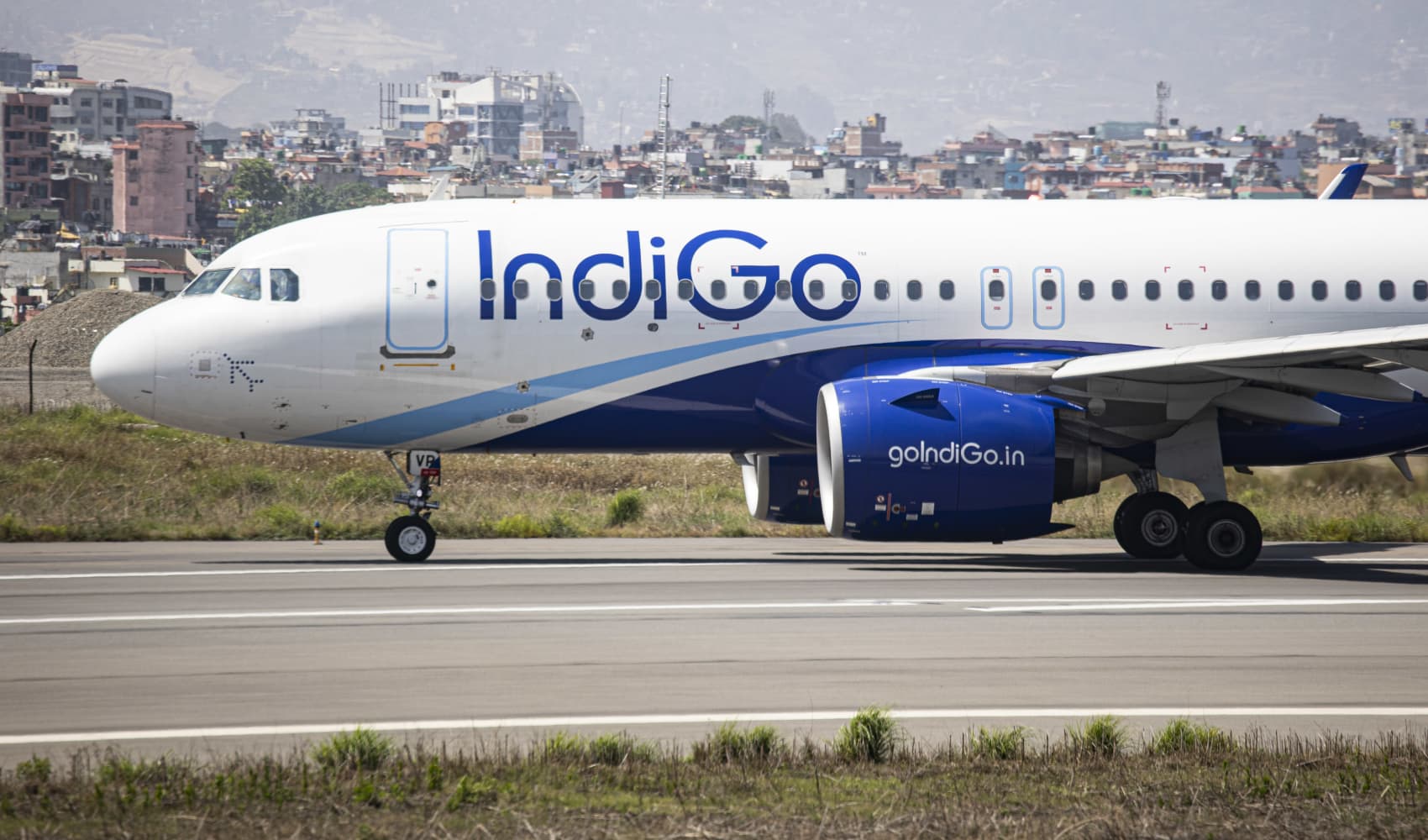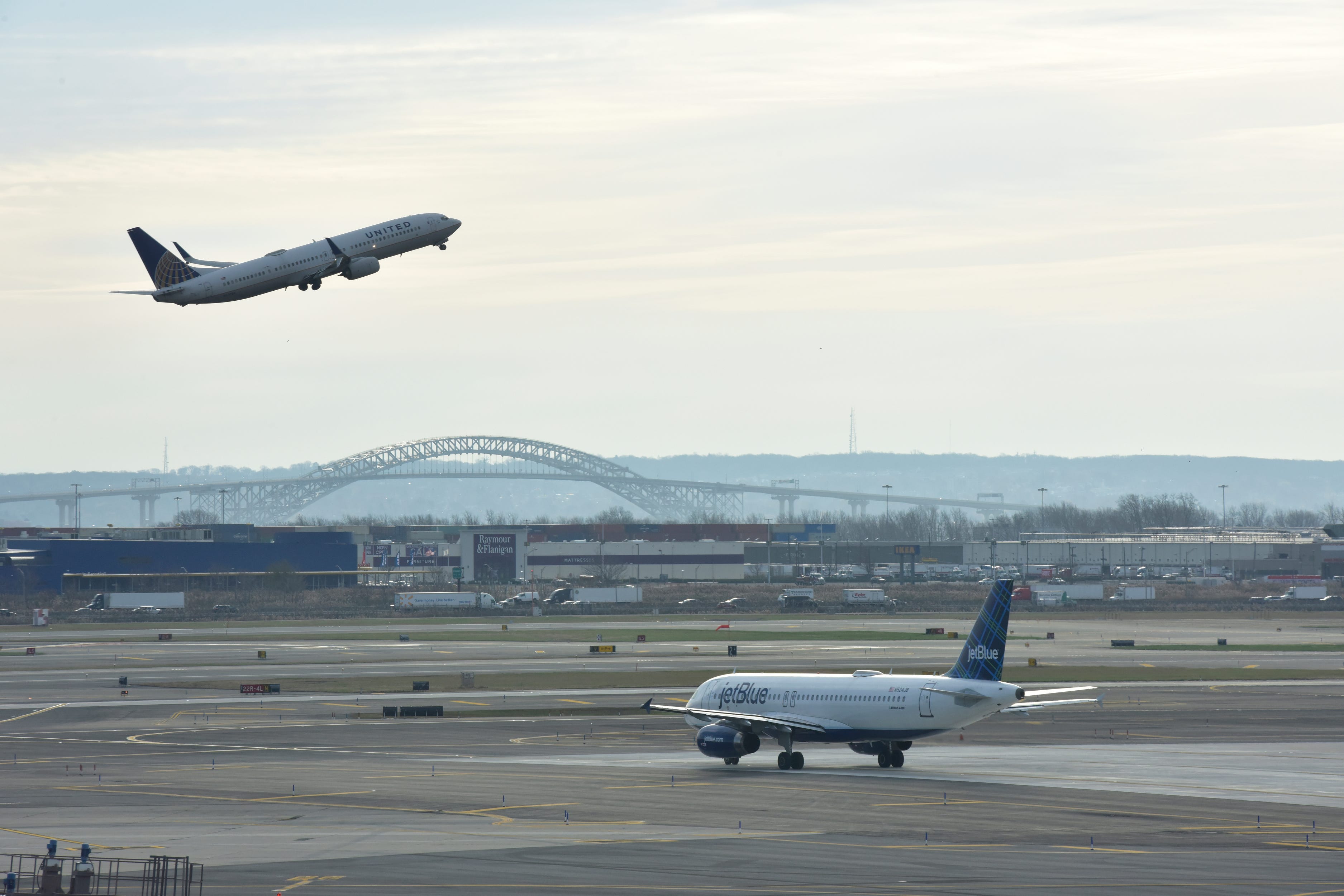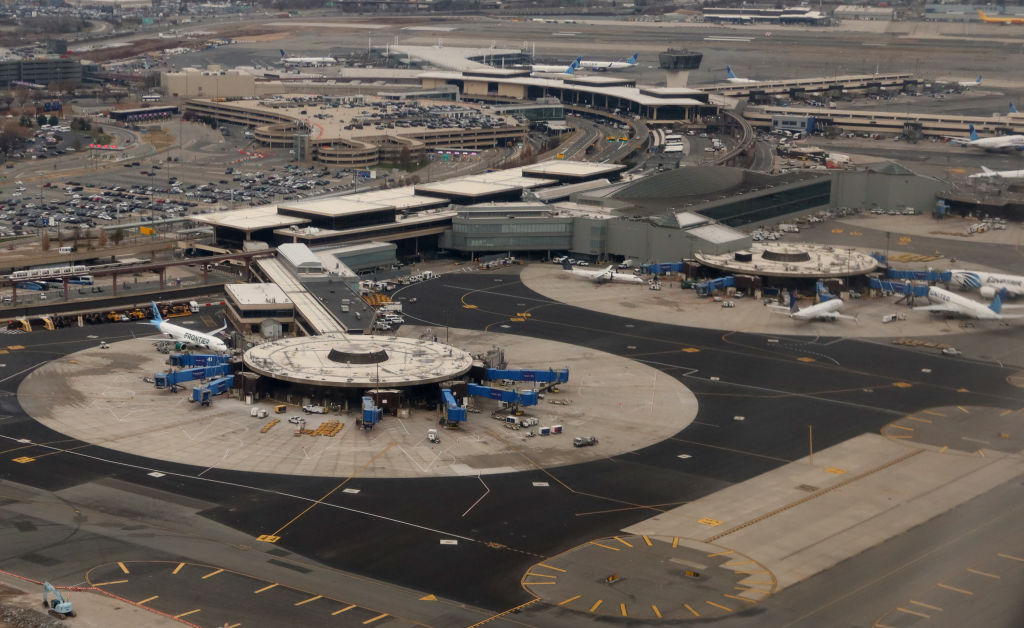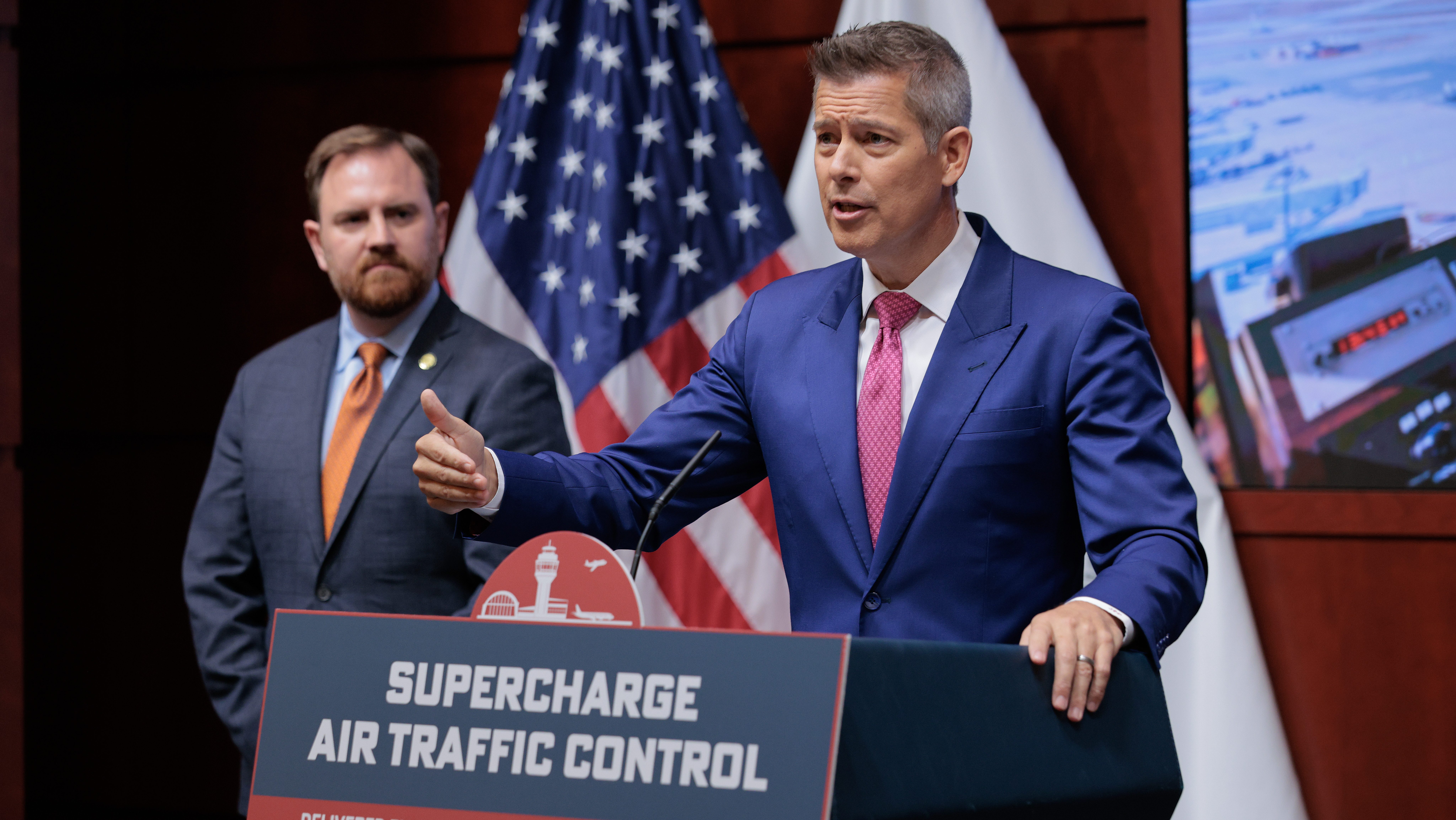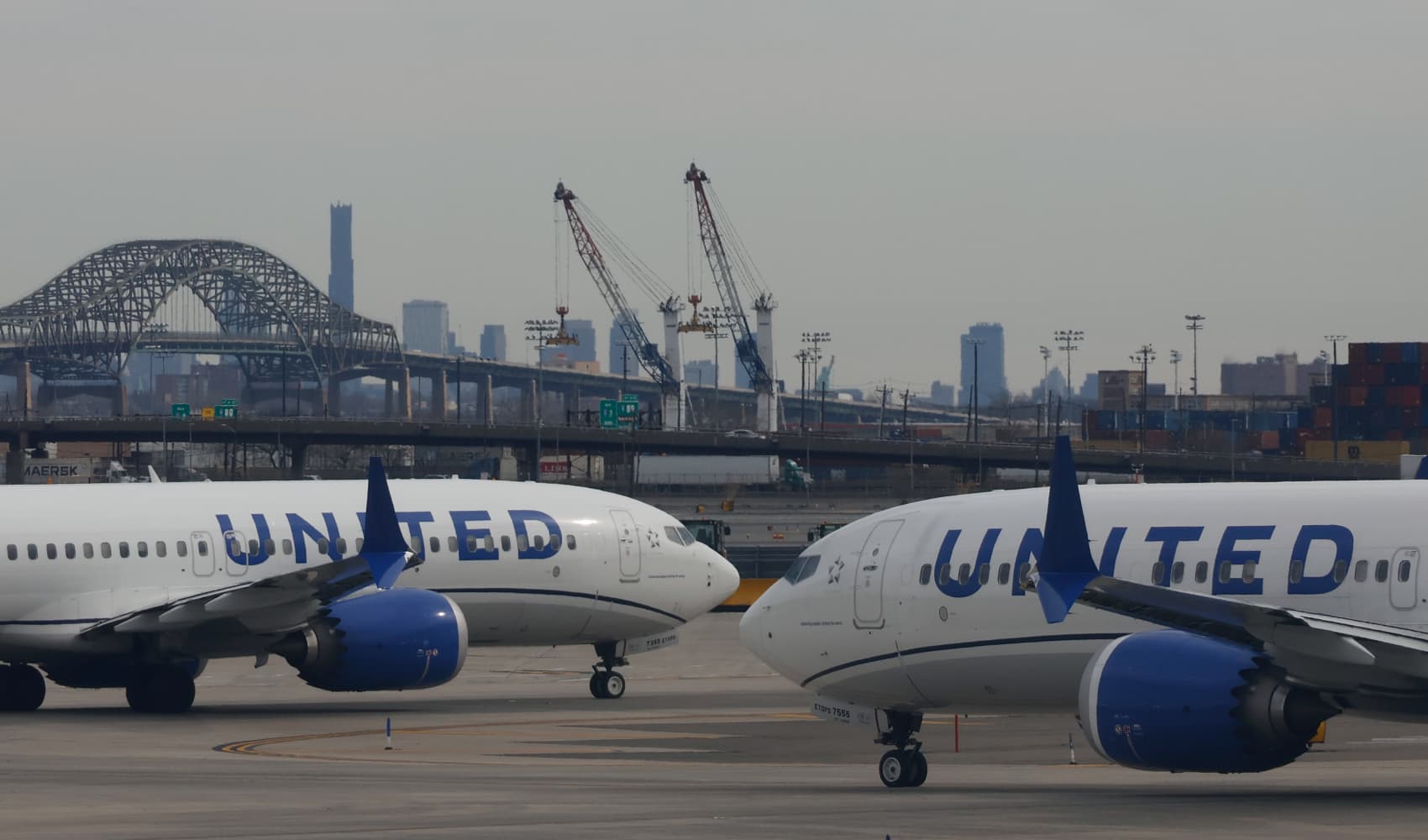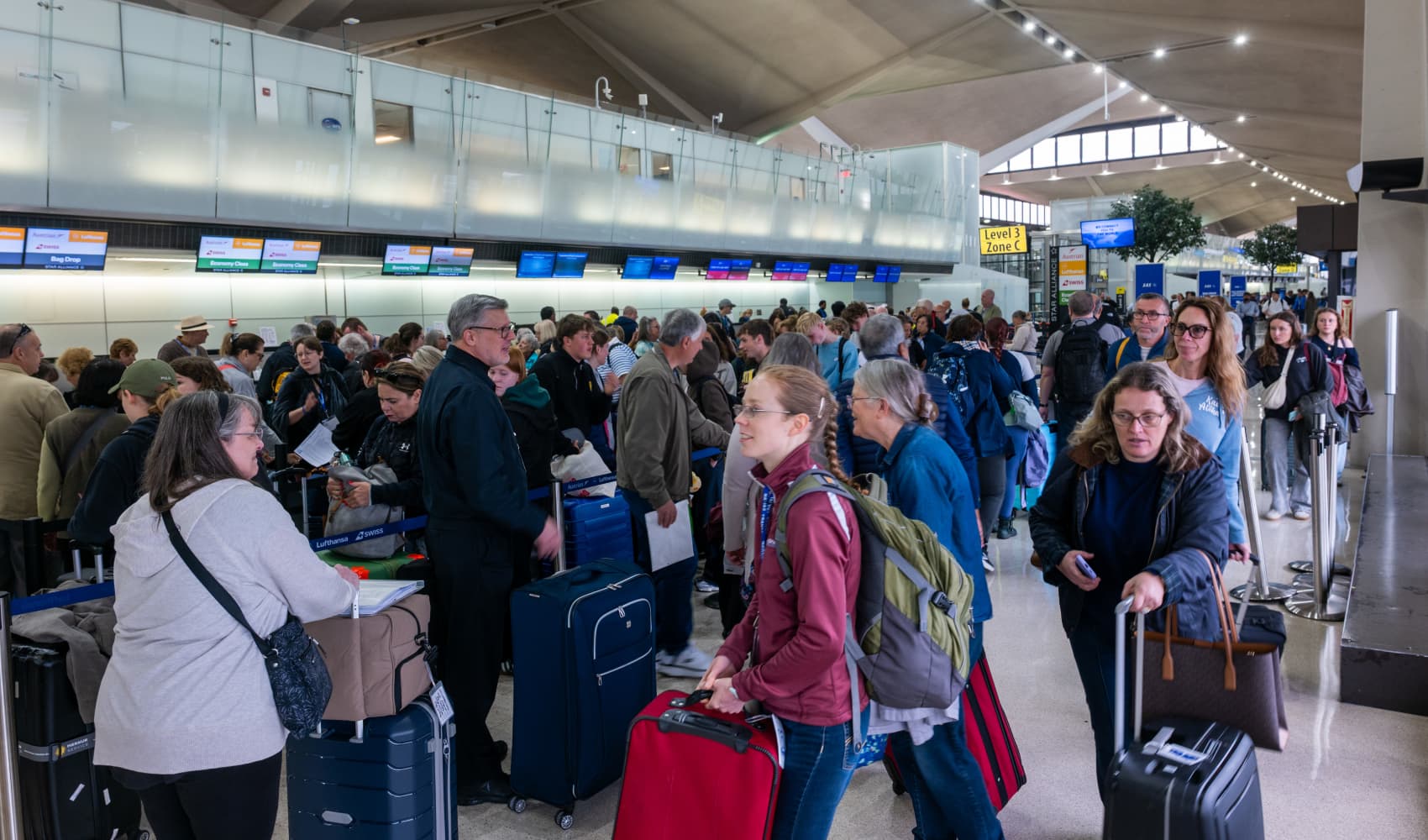Pakistan Airspace Closure: How It Affects Indian Flights
Indian Airlines Grounded? How Pakistan Airspace Closure Affects Flights
Introduction: Taking the Long Way Home
Imagine you're driving from Delhi to London, and suddenly, you can't cross Pakistan. That's essentially the situation facing Indian airlines right now. Pakistan's periodic closure of its airspace to Indian carriers forces them to reroute flights, adding time, cost, and complexity to journeys. What does this mean for you, the traveler? Let's dive in.
The Impact on Routes: A Geographical Headache
Pakistan's airspace is strategically located, serving as a crucial pathway for flights connecting India to the West. This closure directly impacts several routes:
- Flights linking India to Europe
- Flights connecting India to North America
- Flights going to and from Central Asia
- Routes between India and the Middle East
Instead of a direct route, planes must now take detours, often flying over the Arabian Sea or taking longer land routes. It's like having to drive around a massive roadblock – inconvenient and adding significant mileage.
The Financial Fallout: Fuel, Fuel, and More Fuel
Increased Fuel Consumption: A Burning Issue
Longer routes translate to one thing: increased fuel consumption. The farther you fly, the more fuel you burn. For airlines, this means a significant spike in operational costs. Think of it as your car suddenly requiring twice as much petrol to reach your destination.
Refueling Stops: An Added Layer of Complexity
Sometimes, the detour is so long that flights need to make additional refueling stops. This not only adds to the journey time but also incurs extra landing fees and logistical costs. Imagine having to stop halfway during your road trip just to refill your gas tank – adding time and money to the journey.
Potential Flight Cancellations: When Detours Become Too Much
In extreme cases, airlines might have to cancel certain routes altogether. This could happen if the cost of operating the longer route becomes prohibitive or if the demand for the route doesn't justify the increased expense. It's like deciding to cancel your trip because the detour is too long and expensive.
Airfares: Will Prices Skyrocket?
While the increased costs might suggest a steep rise in airfares, analysts at OAG suggest that fares may not substantially increase. While some minor adjustments are possible, airlines may absorb much of the extra cost to remain competitive. However, this could change depending on the duration of the airspace closure and other market factors.
Which Airlines Are Affected? A Breakdown
Air India: The Flag Carrier Feeling the Pinch
Air India, being a major player on international routes, is significantly affected by the airspace closure. Many of its flights to Europe and North America have to take longer routes.
IndiGo: Navigating the Challenges
IndiGo, the country's largest airline by market share, has had to make adjustments to its flight schedules and routes. They are constantly evaluating the situation and trying to minimize disruptions for passengers.
Akasa Air and SpiceJet: Adapting to the Situation
Other Indian carriers like Akasa Air and SpiceJet also have to adapt to the changed circumstances, rerouting flights and managing costs to stay competitive. Even domestic routes connecting cities close to the Pakistan border may experience minor changes due to air traffic management.
Why is Pakistan's Airspace Closed? The Political Dimension
Historical Context: Tensions in the Region
The closure of Pakistani airspace often stems from political tensions between India and Pakistan. Geopolitical events and security concerns can lead to temporary or prolonged closures.
Security Concerns: A Top Priority
Pakistan cites security reasons for closing its airspace. These concerns can range from military exercises to perceived threats. Whatever the reason, the impact on civilian aviation is considerable.
The Passenger Experience: What You Can Expect
Longer Flight Times: Pack Your Patience
Be prepared for longer flight times. The detours can add hours to your journey, so it's wise to pack extra snacks, entertainment, and a good book.
Potential Delays: Buffer in Extra Time
Delays are more likely when routes are altered. It's a good idea to build in extra time when connecting to other flights or important appointments.
Check Flight Status: Stay Updated
Keep a close eye on your flight status. Airlines will communicate any changes, but it's always best to stay informed.
Airlines' Strategies: How They're Coping
Optimizing Flight Paths: Finding the Best Route
Airlines are working hard to optimize flight paths to minimize the impact of the airspace closure. They're using advanced software and data analysis to find the most efficient routes.
Fuel Management: Flying Smart
Fuel management is crucial. Airlines are implementing strategies to reduce fuel consumption, such as flying at optimal altitudes and adjusting flight speeds.
Communication with Passengers: Keeping Everyone in the Loop
Clear and timely communication with passengers is essential. Airlines are using various channels, including email, SMS, and social media, to keep passengers informed about any changes.
Looking Ahead: The Future of Air Travel in the Region
The impact of airspace closures highlights the need for greater regional cooperation and stability. It also underscores the importance of airlines having contingency plans and being able to adapt quickly to changing circumstances. The future of air travel in the region depends on finding ways to mitigate these challenges and ensure smooth and efficient operations.
Conclusion: Navigating Turbulent Skies
The closure of Pakistani airspace to Indian airlines presents a complex challenge. Increased fuel costs, longer flight times, and potential delays are all part of the equation. While airfares may not skyrocket immediately, the long-term impact on the aviation industry and passengers remains to be seen. Airlines are working hard to adapt and minimize disruptions, but passengers need to be aware and prepared for potential changes to their travel plans. It's a reminder that even in the age of global connectivity, geopolitical factors can significantly impact our ability to travel seamlessly.
Frequently Asked Questions
- Why does Pakistan close its airspace to Indian airlines?
Pakistan usually closes its airspace to Indian airlines due to political tensions, security concerns, or military exercises. These closures are often temporary but can last for extended periods.
- How much longer does it take to fly when airspace is closed?
Flight times can increase by anywhere from 30 minutes to several hours, depending on the destination and the alternative routes available. For example, flights to Europe or North America can be significantly affected.
- Will my airfare increase if Pakistan's airspace is closed?
Airfares may not increase drastically in the short term, as airlines often absorb some of the extra costs. However, prolonged closures or other market factors could eventually lead to fare increases.
- What can I do to prepare for potential flight delays?
Check your flight status regularly, pack extra snacks and entertainment, and build in extra time for connecting flights or important appointments. Stay informed and be prepared for potential changes.
- Which alternative routes do airlines use when Pakistan's airspace is closed?
Airlines typically reroute flights over the Arabian Sea or explore alternative land routes, depending on the destination. These routes can add significant mileage and time to the journey.
